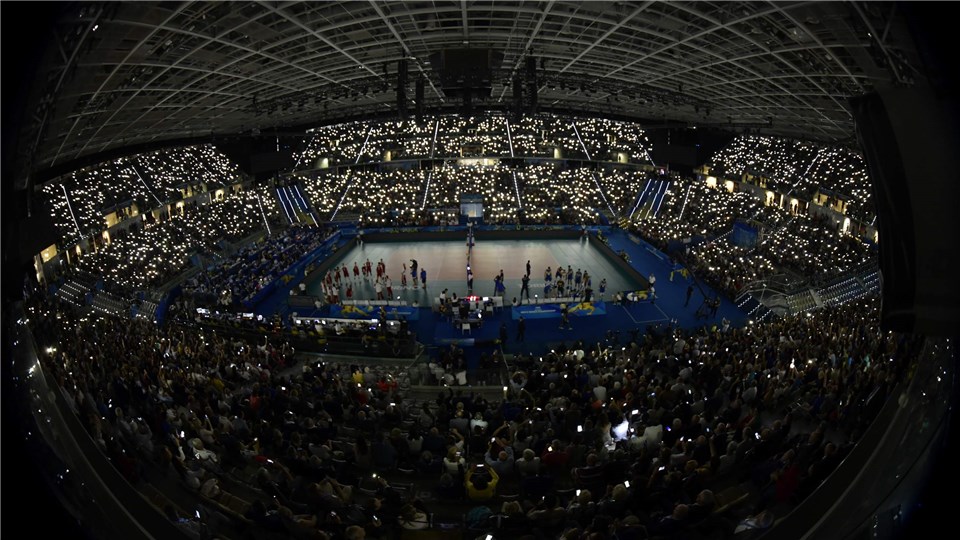In the bustling world of volleyball, there’s a unique debate reverberating through the volleyball community. It revolves around the current volleyball competition calendar which alternates between the club and national team seasons. But is this structure truly beneficial for the sport?

As continental and world-level national team competitions reach their climax, including senior continental championships and Olympic qualifiers, volleyball clubs are only just emerging from a prolonged hiatus. Some have been inactive for over four months, and this inactive period comes with its own set of challenges.
The financial implications for clubs are stark. They are burdened with the costs of retaining top-tier volleyball stars who are inactive in club life during this lengthy break. The ripple effect of their absence is significant – these players are the primary magnets for club promotional activities. Clubs are now resorting to strategies like frequent social media updates, rebranding old player signing news, and tracking players in national competitions to keep their fan base engaged.
It’s pivotal to remember that clubs are the cornerstone of volleyball. They nurture and finance budding talent. National teams merely pick the crème de la crème. Interestingly, volleyball perhaps stands alone in having its club and national team seasons almost equal in length. Athletes must prepare intensively twice a year – a unique situation when compared to other sports.
Take football, basketball, or handball, for instance. Their club seasons can stretch up to 10 months, with national team commitments sprinkled in through “National teams windows”. This structure offers greater visibility and lucrative marketing opportunities, something volleyball clubs are starved of.
The current setup places clubs in a financial and marketing straitjacket. Clubs have a limited window to engage in substantial marketing activities, making them more aggressive in their approach. Those who don’t advance in the playoffs find their season even more curtailed. The impact trickles down to players with short-term contracts, leaving them without essential benefits. The recent pandemic only intensified the financial constraints on clubs, with some leagues struggling to maintain a full roster of teams.
While national teams have the cushion of state funding, clubs grapple with player contracts and associated costs.
There’s a growing clamor to emulate the calendars of other sports. By expanding the club season to approximately 10 months and interspersing it with “National team windows”, both clubs and national teams could benefit from heightened visibility and superior sponsorship opportunities.
The innovative approach of Volleyball World in terms of competition organization and digital presence is commendable. However, it should be the catalyst for a grander vision. Aligning the volleyball calendar with other team sports could propel volleyball to new heights, ensuring its growth and prosperity.